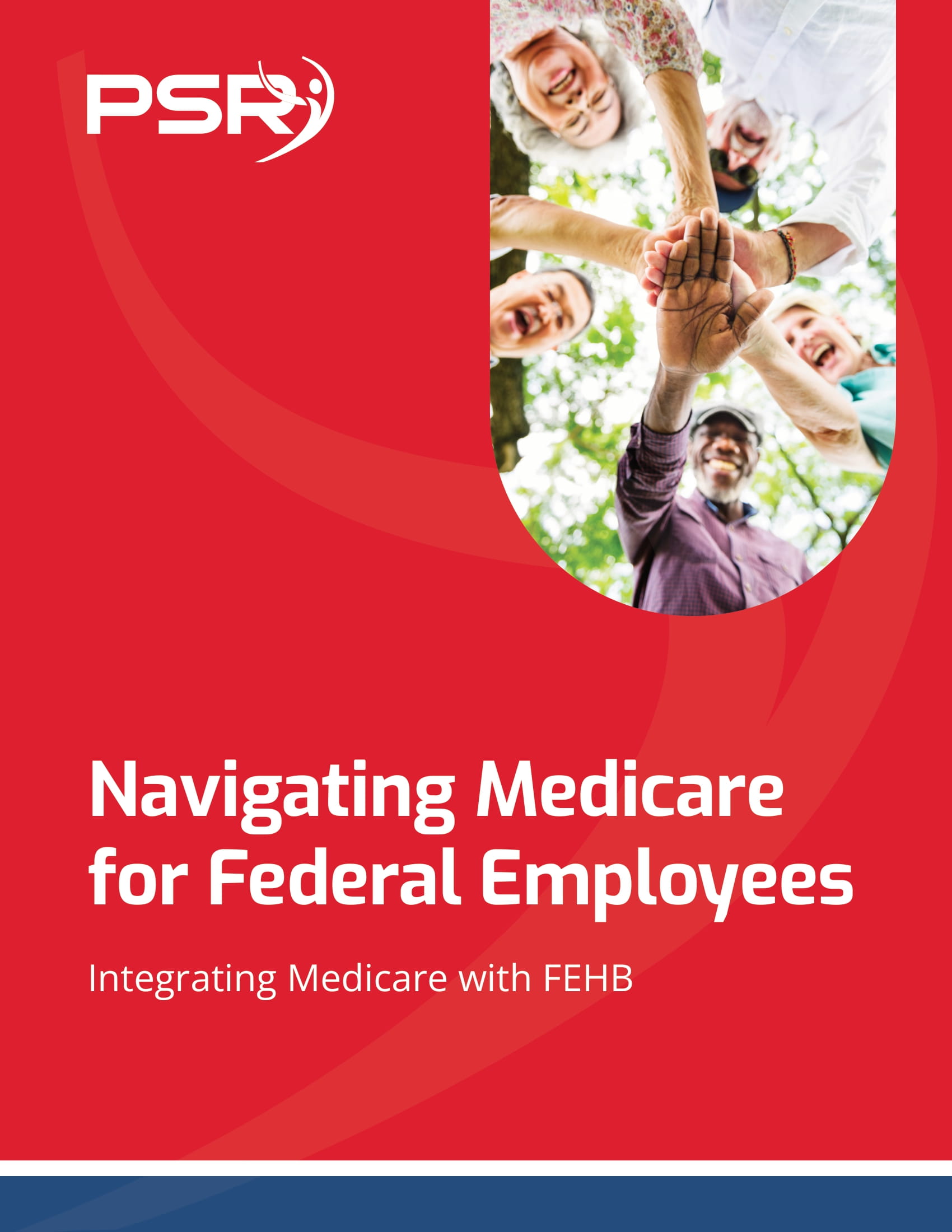Key Takeaways
-
Hiring freezes are emerging as a potential response to budget constraints and shifting political priorities in 2025, and they could affect your retirement plans and job security.
-
Understanding the long-term impact of workforce reductions on your benefits, career trajectory, and financial planning is essential for making informed public sector retirement decisions.
The Current Federal Workforce Climate in 2025
- Also Read: How Survivor Benefits Provide Federal Families with Stability After the Loss of a Loved One
- Also Read: Federal Employees, Here’s What You Need to Know About Survivor Benefits Before Retiring
- Also Read: Medicare Enrollment Changes That Every Federal Employee Needs to Pay Attention to This Year
The federal workforce has grown modestly over the past few years, but budgetary outlooks released this year reflect a more conservative approach to staffing. Legislative proposals currently under review signal a trend toward resource conservation, making hiring freezes and limited replacements more likely.
What a Hiring Freeze Actually Means for You
A hiring freeze generally refers to the temporary or indefinite halt in filling vacant positions within a department or agency. While it doesn’t necessarily lead to layoffs, it significantly limits your agency’s ability to bring in new personnel or promote existing employees.
If you’re nearing retirement or considering transitioning roles, a freeze can impact:
-
Promotion opportunities due to less internal movement
-
Increased workloads as vacant roles go unfilled
-
Delay in processing retirement applications if HR departments are understaffed
-
Limited backfilling of critical roles that could support your current job
Legislative Trends to Watch Closely
In 2025, several legislative proposals are gaining attention, all of which could influence how agencies manage their workforce:
1. Locality Pay and Retirement Calculations
There is a proposal to exclude locality pay from high-3 salary calculations, which would reduce the annuity amount for many future retirees. This change could discourage retirement in the short term while encouraging retention of experienced staff due to the financial disadvantage of retiring early.
2. Shifting to Flat-Rate FEHB Contributions
Another proposal under discussion is a shift to flat-rate health insurance contributions by the government, moving away from the current percentage-based model. If implemented, this could increase your out-of-pocket healthcare costs, especially if hiring freezes delay raises or career advancement.
3. Budget Caps and Spending Reviews
Ongoing reviews of agency budgets are part of broader cost-cutting measures. Agencies that undergo budget reductions often turn to hiring freezes as a first step before considering broader workforce cuts.
What Agencies Are Most at Risk
Not all government departments are equally vulnerable to hiring freezes in 2025. Agencies with:
-
A history of budget overruns
-
Non-mandated or discretionary spending functions
-
Redundant programs or roles identified in recent audits
…are more likely to face hiring restrictions or position eliminations. This includes some civilian defense roles, administrative support positions, and temporary project-based roles.
If you work in one of these segments, it’s critical to monitor internal communications and evaluate whether your role could be impacted.
How This Could Affect Your Retirement Timeline
For those planning to retire within the next 12 to 24 months, hiring freezes may complicate transitions. HR departments operating with reduced staff might experience processing delays, making your retirement paperwork take longer than expected. Likewise, your access to pre-retirement counseling, benefit calculators, or annuity projections might be delayed.
Other consequences include:
-
Delays in onboarding your replacement, which can keep you in your role longer than planned
-
Backlogs in leave processing, especially for large departments facing workforce adjustments
-
Last-minute changes to agency policies that affect your retirement benefits
Planning ahead becomes more important than ever. Begin working with HR and a licensed agent as early as possible.
Managing the Uncertainty: What You Can Do Now
While you can’t control federal policy, you can control how prepared you are. Here’s how to respond to today’s trends:
Understand Your Retirement Eligibility
Make sure you understand your Minimum Retirement Age (MRA), years of service, and the implications of MRA+10 or early retirement options. If you’re a FERS employee, your retirement eligibility will be tied to age, service, and whether you qualify for the Special Retirement Supplement.
Review Your TSP and Annuity Projections
Work with your agency’s retirement counselor and use official tools to forecast your Thrift Savings Plan (TSP) distributions and annuity income. Account for delays that could result from hiring freezes or workforce reductions.
Prioritize Healthcare Planning
With potential FEHB contribution changes on the horizon, reevaluate how you will manage healthcare costs. Consider:
-
Estimated post-retirement premiums
-
Coordination with Medicare at age 65
-
Whether your current plan is sustainable if government contributions change
Document Everything
In uncertain times, paper trails matter. Save emails, confirmations, and official documents related to service history, leave balances, and retirement estimates. Documentation helps if there are processing delays or disputes later.
Stay Informed
Sign up for email updates from your agency’s HR department, your union (if applicable), and the Office of Personnel Management (OPM). Budget proposals can move quickly, and staying informed allows you to make better timing decisions.
2025 Workforce Reduction Techniques Beyond Freezes
Hiring freezes are only one part of broader workforce restructuring strategies. Agencies might also implement:
-
Voluntary Early Retirement Authority (VERA)
-
Voluntary Separation Incentive Payments (VSIP)
-
Realignment of job series or grades
-
Reorganization of teams or entire departments
If any of these apply to your agency, the effects on retirement planning and job continuity could be significant.
Retirement Application Processing and Delays in 2025
Processing times for retirement applications are under scrutiny in 2025 due to both staffing shortages and increased applicant volume. On average, processing now takes:
-
90 to 120 days for standard applications
-
Longer for disability or special category retirements
-
Delays in finalizing annuity payments, with interim payments continuing until final adjudication
If you’re planning a 2025 retirement, submit your application 6 months in advance whenever possible.
Should You Postpone Your Retirement?
It’s a valid question. In times of instability, you may want to delay retirement until:
-
Budget legislation becomes clearer
-
Hiring freezes are lifted
-
You secure your full high-3 calculation benefits
However, this decision is personal and depends on your financial readiness, health, and career goals. Weigh the pros and cons carefully, and consult a licensed agent if needed.
Use This Time to Strengthen Your Position
While hiring freezes can create disruption, they can also create opportunities. If you stay, you may:
-
Be assigned leadership roles due to staff shortages
-
Build a stronger case for promotions once hiring resumes
-
Enhance your skillset through cross-training
Invest in training, leadership development, and performance tracking to ensure you remain indispensable.
Federal Workforce Planning in 2025: The Road Ahead
The federal workforce in 2025 is undergoing a transitional phase, marked by economic constraints and restructured priorities. Whether you’re planning to retire or continue serving, being proactive is your best strategy.
Speak with your HR office and get in touch with a licensed agent listed on this website to walk through your options before making any major decisions.









